1. Island tree frog (Litoria insularis), Papua New Guinea

Litoria insularis is a new frog species described by two Australian scientists. It is part of the L. thesaurensis species group, but detailed morphological and genetic analysis proved it to be an undescribed species. It is found only in the Nakanai Mountains on New Britain Island in Papua New Guinea. Found only in a single location, it has been described from only a few male specimens collected in the past. Because so little is known about the species, scientists recommend listing it on the IUCN Red List as data deficient.
2. Principe Scops Owl (Otus bikegila), Sao Tome and Principe Democratic Republic
Researchers have announced a new owl species (Otus bikegila) belonging to the genus Scoped Owl. One of the main clues that led to the discovery of this species was its unique call - a rapidly repeated short "tuu" note that sounds a bit like an insect's call. Pairs of owls often emit a duet of hoots as night falls. The species' common name reveals its location - Principe Island, part of the Democratic Republic of Sao Tome and Principe, off the coast of Central Africa.
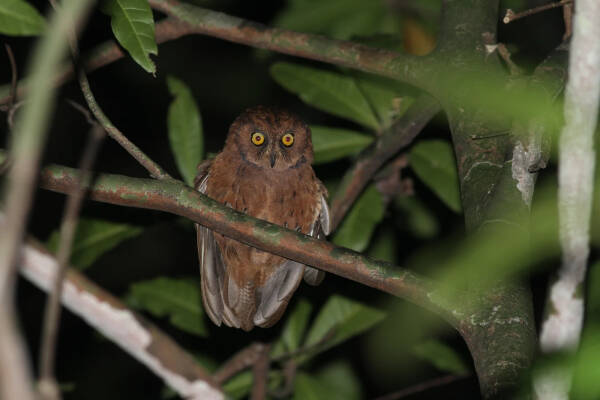
As part of the scientists' work, they surveyed the entire island to determine its distribution and population size, finding that it only lives in the uninhabited southern part of the island, in the remaining old-growth forest. With such a limited range, scientists recommend listing the species as critically endangered.
3. Southern maned sloth (Bradypus crinitus), Brazil
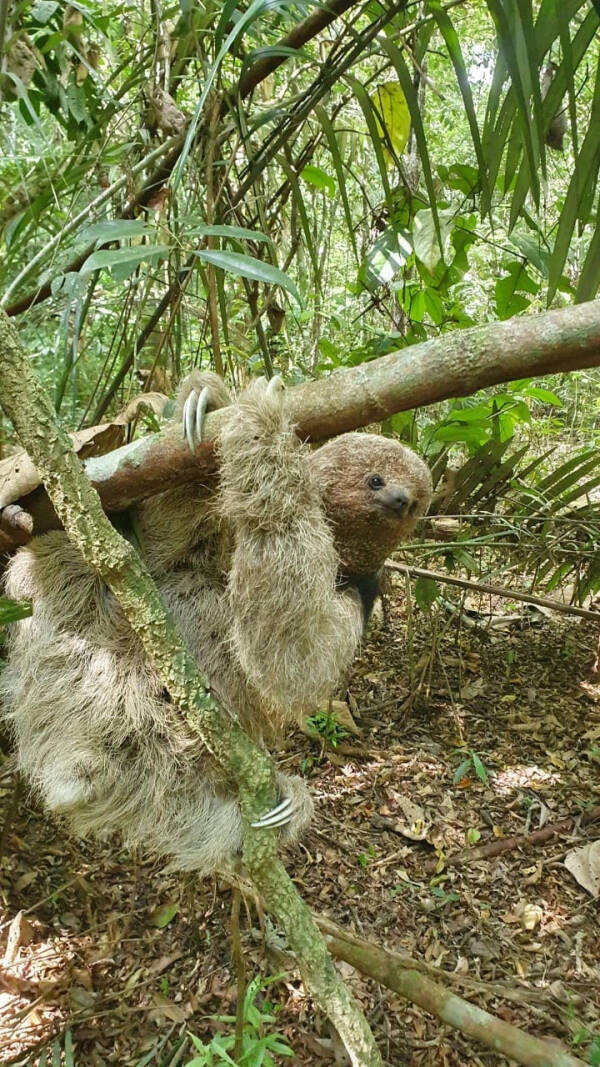
The vast majority of new species described are plants, invertebrates, fish, or amphibians, but occasionally mammals appear. Sometimes, it's staggeringly large. Scientists previously thought there was only one species of maned sloth. However, taxonomic review, including morphological and DNA analysis, and field observations indicate that there are actually two species of maned sloths—the northern sloth (B. torquatus) and the southern sloth (B. crinitus). Both species are endemic to Brazil's Atlantic Forest, with the southern maned sloth found in the states of Rio de Janeiro and Espírito Santo and the northern maned sloth found in Bahia and Sergipe.
4. Gecko (Lygodactylus fritzi), Madagascar
One of eight new species of tiny geckos discovered in Madagascar, each no bigger than an index finger. An international team of scientists describes in a new paper that Lygodactylus fritzi belongs to the subgenus Domerguella. The individual pictured is believed to be consuming honeydew secreted by a nearby bug, a behavior known among gecko species. All eight species are considered endangered or critically endangered.
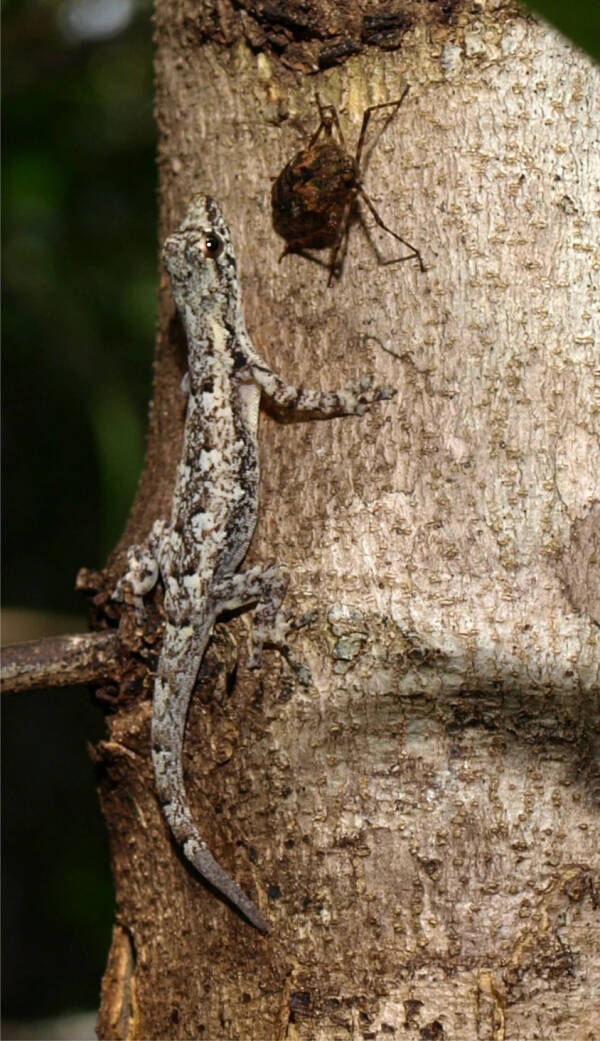
The species is known from new and historical specimens collected from two coastal lowlands in eastern north-central Madagascar. Madagascar's coastal forest areas are highly biodiverse, hosting a range of endemic plants, amphibians, reptiles and insects, and more than 150 new reptile species have been described on the East African island nation in the past 30 years.
5. Tapir Valley Tree Frog (Tlalocohyla celeste), Costa Rica
The colorful frog is a new species of frog in the family of frogs commonly known as "tree frogs and their allies" and was discovered in a wild nature reserve in Costa Rica. Tapir Valley Nature Reserve is a former cattle ranch that was restored by Donald Valera Soto over the course of 18 years and is home to Baird's tapirs, peccaries, and jaguars.
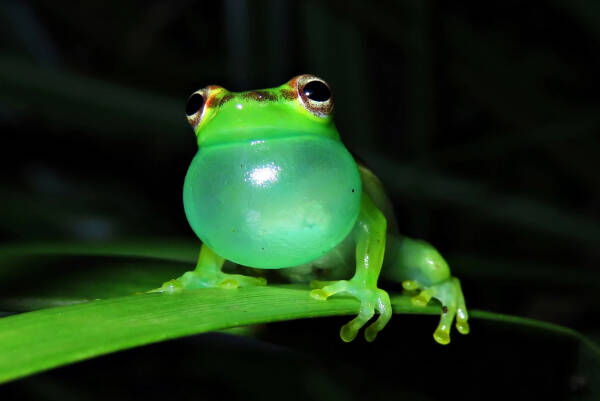
While working in the reserve's wetlands, he heard an unfamiliar frog call—a high-pitched call in a chorus of other frog species. After six months of searching for the croaking frog, he discovered the frog - just two centimeters long, hidden in tall grass - and sought help from herpetologists around the world to identify it.
Many people thought it was the Canal Zone Tree Frog, but the two frogs had different calls, so Donald continued his search in the reserve. Eventually, he and a team found both males and females in the frog's embrace (the frog's mating embrace) and were able to identify which eggs belonged to them. After studying the morphology of adults and tadpoles and analyzing the species' DNA, it was confirmed as a new species to science.
6. Playa scorpion (Paruroctonus soda and P. conclusus), United States
Two new species of scorpions were recently discovered by two then-high school students at the California Academy of Sciences. Harper Forbes and Prakrti Jain discovered an unidentified species while reviewing observations from the community science platform iNaturalist. After further research and fieldwork, it was identified with co-author Dr. Lauren Esposito as a new species: P. conclusus . Soon after, the trio discovered another new species of scorpion, now known as P. soda, through iNaturalist.
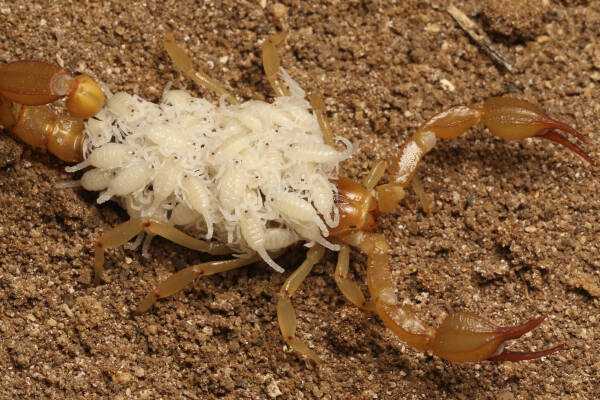
The two new species are playas, a group of scorpions found only in the playas, or dry lake beds, of central and southern California in the United States. It is believed that each species is restricted to the playas where they are found.
7. Illyria viridis (Illyria viridis), Western Australia
The genus Illyria was first created by Dr. Max Moulds in 1985 and consisted of only four species of cicadas for nearly four decades. However, Moulds' new paper adds this beautiful cicada species to the genus, and adds 12 new species and 5 new genera to the taxonomy of cicadas in Western Australia!
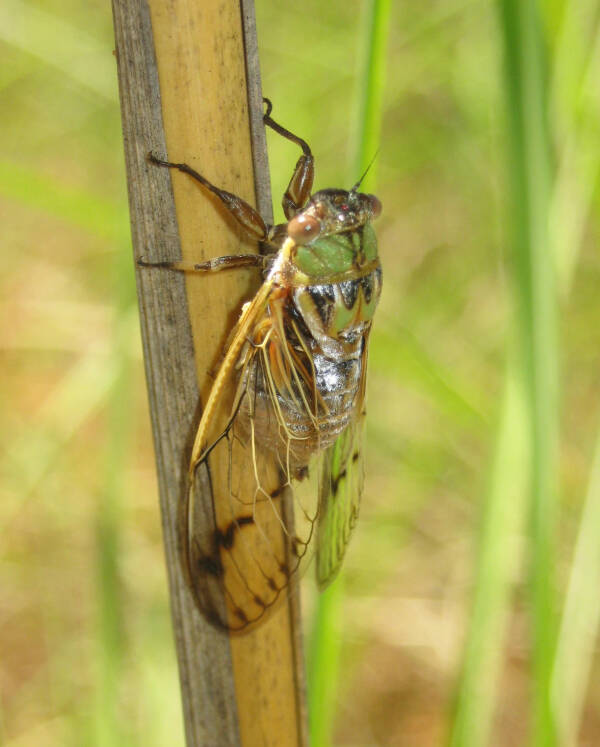
The newly described Yidiyidi cicada is already familiar to the local Wuggubun people, a small Aboriginal community in the Kimberley region of Western Australia. It appears after the first rains in December, and the male can be heard emitting a "continuous, slightly rattling call" during the heat of the day and at dusk. The species' common name "Yidiyidi" is derived from the Wuggubun people, while the specific part of the scientific name "viridis" means green, referring to the green color of the species.
8. Giant keel slug (Limaxpseudocinereoniger), Montenegro
Meet Europe's newest slug species - it's the size of a medium carrot! It is brownish-grey in color, has a ridge on its back, and is 20 centimeters long. It seems strange that such a large animal has not been discovered for so long in Europe, where the flora and fauna are so intensively studied, but it has lingered under the guise of a closely related species, Lactobacillus griseus.
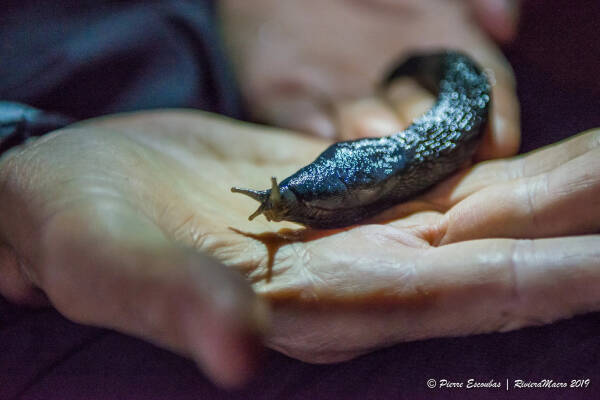
An international team of citizen scientists are participating in a field trip with Taxon Expeditions and exploring the Tara Canyon in Montenegro. This is the largest and deepest canyon in Europe and is part of the Tara River rafting route. Scientists exploring the canyon in inflatable rafts found the slugs hiding beneath rocky protrusions in the narrowest parts of the canyon, where L. griseus was also found. Further morphological and genetic analysis showed that the two slugs are different species, including differences in reproductive organs.
The new species' scientific name "pseudocinereoniger" contains the prefix "pseudo-", which comes from the Greek "pseudes" meaning "false", so the name refers to the species' superficial similarity to L. cinereoniger.
9. Thomaomys burneoi, Ecuador
Ecuador has acquired a new species of Andean rat, thanks to a recent paper describing Thomasomys burneoi, found in the remote and inaccessible moist montane forests of Sangay National Park in the Andes, between 3,400-3,900 m above sea level. between. With a length of 167-184 mm, it is the largest species of Thomas rat in Ecuador.
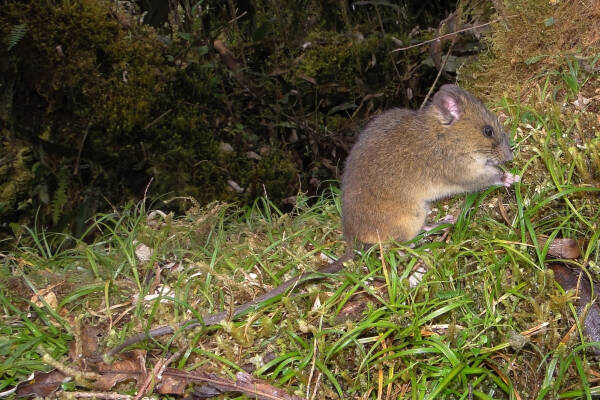
The description of this mouse brings the number of Thomasomys species to 48, 18 of which can be found in Ecuador. The species name "burneoi" honors Ecuadorian mammalogist Santiago F. Burneo of the Pontifical Catholic University of Ecuador "in recognition of his teaching and support of Ecuadorian and American mammalogists."
10. Jiangxi Giant Salamander (Andrias Jiangxiensis), China
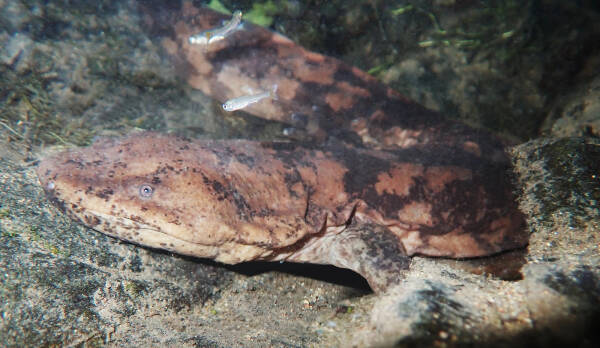
An adult Jiangxi giant salamander (Andrias Jiangxiensis) in a stream in the Jiulingshan National Nature Reserve in Jiangxi, China.
Known as a "living fossil," giant salamanders are impressive amphibians that can reach nearly two meters in length. Most wild giant salamanders in China are released from salamander farms and come from different lineages or hybrids. However, Jiangxi giant salamanders do have a genetically pure wild population found in the Jiulingshan National Nature Reserve. It is also present on two small-scale farms, but these populations also consist solely of this species.
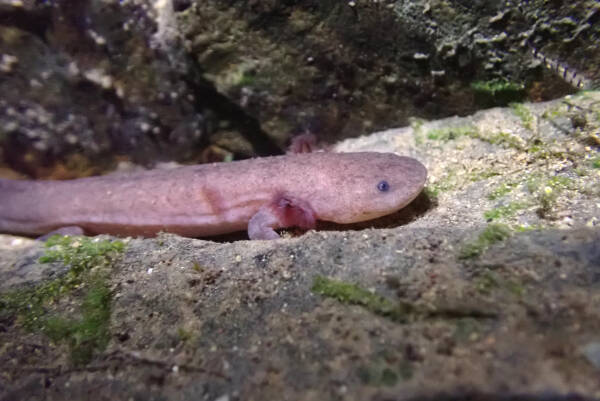
A 10-month-old Jiangxi giant salamander (Andrias Jiangxiensis) larvae feeds in a stream at Jiulingshan National Nature Reserve in Jiangxi, China.
Scientists recommend listing the species as critically endangered on the IUCN Red List due to its limited distribution and vulnerability to environmental changes.
11. Scorpion (Euscorpius latinus, E. stefaniae, E. trejaensis and E. niciensis)
Three new scientific scorpion species (Euscorpius latinus, E. stefaniae and E. trejaensis) are described in a paper examining the genetic, morphological and geographical differences among scorpions of the Euscorpius complex (a group of very similar species) in Italy and France. ), while another subspecies (E. niciensis) has been elevated to species level.
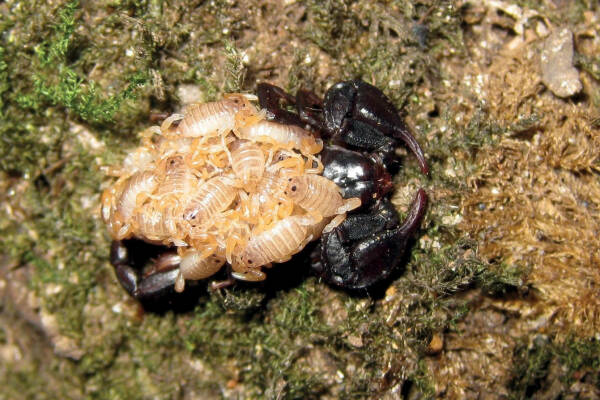
The Latin giant scorpion carries a clutch of young on its back.
The three newly described species are all found in Italy. The nickname "latinus" means Latin because the species' range includes Latin tribes and the first areas where Latin spread.
"trejaensis" is derived from the Treja river, which flows through the valley and was the site of the first E. trejaensis specimens, while "stefaniae" honors the sister of the paper's first author, Stefania Tropea "for the kind support she showed and enthusiasm". on several field trips”.
12. Fish (Poecilocharax callipers and P. rhizophilus), Brazil
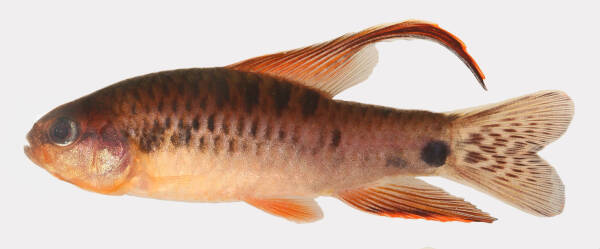
Poechilocharax callipterus is found only in one blackwater stream.
Scientists have described two new species of South American snake bass in the genus Poecilocharax, the first time in 57 years that they have been described in the small subfamily Crenuchinae. Males of P. callipterus (pictured above) have orange-red fins and a distinctive black spot in front of the tail, while P. rhizophilus (pictured below) is amber yellow, very small and is considered a microscopic fish - That is one inch less than the mature length.
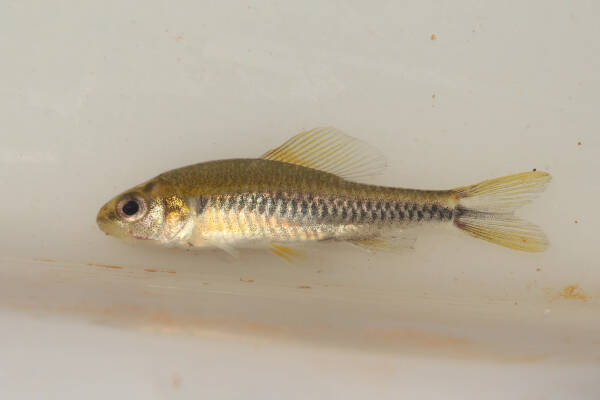
Poecilocharax rhizophilus is very small and is considered a microscopic fish.
Both species were discovered during scientific surveys in 2015 and 2016 in the Apui region, a stream about 25 miles north of the Brazilian city of Apui, on the edge of human encroachment into the Amazon rainforest. Despite multiple surveys of nearby streams, P. callipterus has been found in only one stream, a blackwater stream so named because tannins in leaf litter stain the water darkly. Roots Pseudomonas is found in murky water streams (but not black water streams), especially in tree roots that extend into the water from the river banks.
The specific nickname "callipterus" is the Latin version of the Greek "kalli" (meaning beauty) and "pteron" (meaning feathers or wings), and refers to the adult male's beautiful dorsal fin. For small fish, "rhizophilus" is the Latin version of the Greek "rhiza" meaning root and "philos" meaning friend, and refers to the underwater roots collected by this species.
13. Spiny lizard (Sceloporus huichol), Mexico
S. huichol is a newly described spiny lizard species that is part of the Sceloporus torquatus species complex (a group of species within the same genus that are similar but distinct from each other). Other common names for lizards in this genus include fence lizards and scaled lizards. Scientists examined specimens from eight museum and university collections and found that similar species differ in morphology, color patterns and genetics, as well as habitat preferences.
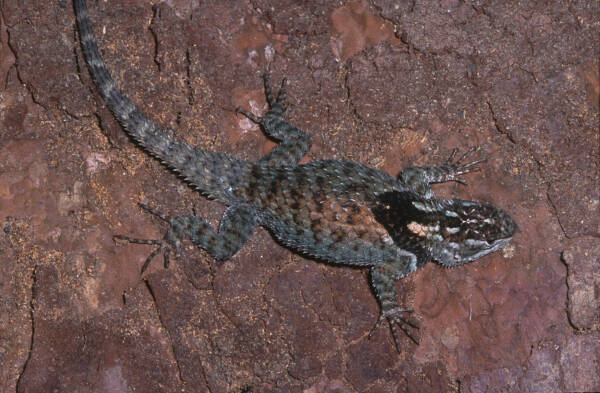
S. huichol lives in semi-arid pine and oak forests in the mountains of Nayarit and Jalisco, a region of west-central Mexico that is relatively unexplored by scientists. In 2007, another reptile (a snake) was described in the area, and it is thought that more undescribed species may be found there.
This particular nickname "huichol" honors the Mexican Huichol tribe who live where the species was found and who also call themselves Wixáritari ("the people") in their native language.
14. Burmagomphus chaukulensis, India
When Hemant Ogale photographed a dragonfly in a stream, he found he couldn't identify it and shared it with other naturalists, who were also baffled. This prompted the collection of some voucher samples, which analysis showed had different markings and shapes than male genitalia, including the shape of a hamoulli (male second genitalia).
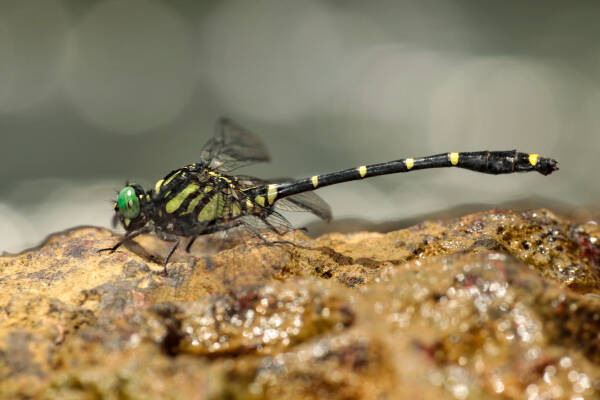
The species was originally photographed and collected from a fast-flowing stream near the village of Chowkur in the Indian state of Maharashtra. It is part of the Western Ghats Biodiversity Hotspot, a UNESCO World Heritage Site that is home to at least 5,000 species of flora and fauna. The hotspot is home to more than 190 species of Odonata (dragonflies and damselflies), about 40% of which are endemic.
The specific nickname "chaukulensis" originates from the village of Chaukul, while the common English specific nickname "Spiny" refers to the spines on the male Hamuli. The scientists also proposed the genus name "Horntail" based on the shape of the appendage at the end of the tail, when the genus has no existing name.
15. Chiriquí fire salamander (Bolitoglossa cathyledacae), Panama
The brightly colored amphibian is a newly described salamander discovered by Panamanian scientists during an expedition. The species can be distinguished from its close relatives by its color, webbing on its hands and feet, and the number of upper teeth, and its status as a separate species has been confirmed by genetic analysis. Scientists believe it is listed as critically endangered on the IUCN Red List due to its limited range and possible anthropogenic pressure on the area.
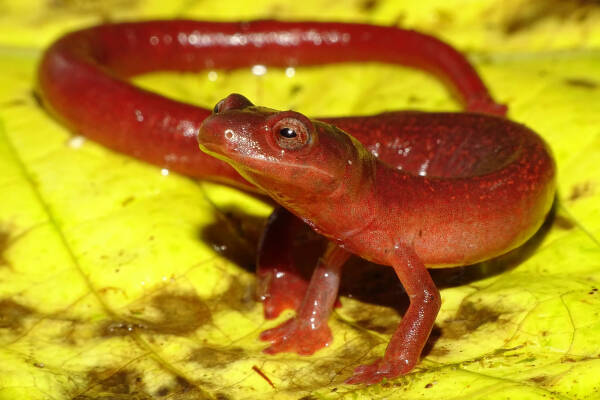
The team has been investigating the Panamanian side of the Talamanca Mountains, a mountain range in southeastern Costa Rica and western Panama that includes La Amistad International Park. It is considered one of the least explored areas of Central America and has one of the highest diversity of salamander species in the Neotropics. This particular species was found in the Boquete region of the province of Chiriqui.
Scientists gave conservationist Cathy Ledec the special nickname "cathyledacae," while the common English name indicates the species' location.
16. Sponge crab (Lamarckdromia beagle), Western Australia
With his aquarium/sea-sponge.html">sea sponge beret and fluffy fur, this crab must be one of the most stylish crustaceans in the ocean. It has been described as a new species after a specimen was recently found washed up on a beach in Denmark, Western Australia. The family who discovered the crab sent it to the Western Australian Museum for identification, and scientists realized it was an undescribed species. Further examination of crab specimens in the museum revealed that some of them were actually Lamarckdromia beagles, with the earliest dating to 1925.
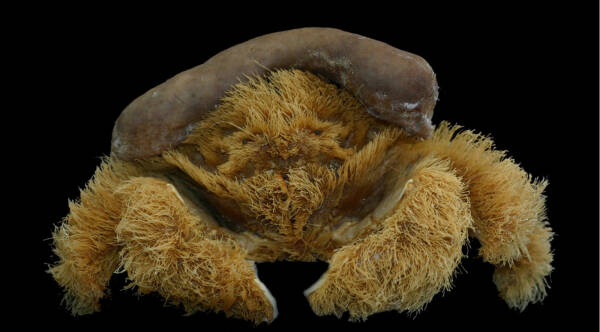
Known as sponge crabs, this species of crab belongs to the family Spongiidae and uses sponges and aquarium/sea-squirts.html">sea squirts, such as aquarium/sea-squirts.html">sea squirts, for protection. Sponges in particular produce unpleasant chemicals that deter predators. The sponge and water gun are held in place by small pincers on the hind legs, rather than being directly attached to the crab.
The nickname "Beagle" comes from its tanned color (like a beagle) and the HMS Beagle ship that Charles Darwin sailed between 1831 and 1836. His discoveries on this trip included visits to Australia, the Galapagos Islands and Tierra del Fuego where he proposed his theory of evolution.
17. Millipede (Nannaria swiftae), United States

Nannaria swiftae is named after singer-songwriter Taylor Swift.
One of 17 newly described millipede species, Nannaria swiftae appears in a recent paper by three myriapodists (scientists who study many-legged animals) studying the twisted-clawed millipede in the Nannaria wilsoni group. Classification of insects. In addition to examining genetics, the researchers also looked at one of the main differences in male millipedes, the morphology of the modified legs they use for sex.
The 17 new species bring the total number of Nannaria species to 78 – before these scientists started studying them in 2015, the genus had only 23 (a March 2021 paper added 2 new species, bringing the total to 25 , an April 2021 paper added 35) new species and promoted one subspecies to full species status, bringing the total to 61).
All 17 news species are found in the valleys of the Appalachian Mountains, which stretch from central Alabama in the United States to the Canadian island of Newfoundland.
The "swiftae" in the scientific name is in honor of the famous American singer and songwriter Taylor Swift, because the lead author of the study, Dr. Derek Hennen, is a fan of Swiftie . He also named a species, N. marianae, after his wife as "a small thank you for her patience during our nature hikes and when I stopped to look for millipedes."
18. Rose veil fairy wrasse (Cirrilabrus finifenmaa), Maldives
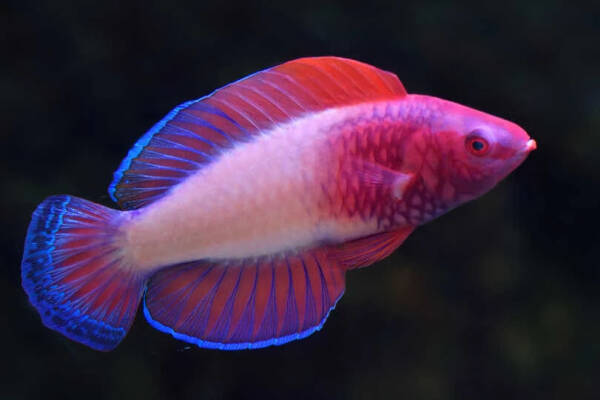
The rose-veiled fairy wrasse (Cirrilabrus finifenmaa) was one of the first species to be named after the local Dhivehi language.
Initially thought to be an adult of another fairy wrasse species (Cirrilabrus rubrisquamis), further analysis of adults and juveniles of this beautiful fish revealed that it is actually a separate species. It was named the rose veil fairy wrasse (Cirrilabrus finifenmaa).
The new species was discovered off the coast of the Maldives and is one of the first to be formally described by Maldivian researchers. Ahmed Najib of the Maldives Marine Research Institute collaborated with scientists from the California Academy of Sciences, the University of Sydney, and the Field Museum in this research as part of the Academy's Reef Hope initiative.
The species name "finifenmaa" is derived from the local Dhivehi word meaning "rose". It’s a tribute to the Maldives’ national flower and the stunning pink hues of the wrasse. It is one of the first species to be named in Dhivehi language.
19. Snake (Phalotris shawnella), Paraguay
The snake, with its striking bright red, dark lines and yellow neck pattern, is a newly described species in the genus Phalotris. Scientists discovered it by accident while digging a hole during a field trip, and only three people knew of its existence. It is thought that it may be a forest species, and due to its small range, fragmented habitat and ongoing agricultural work within the range, scientists have recommended that it be listed as endangered on the IUCN Red List.
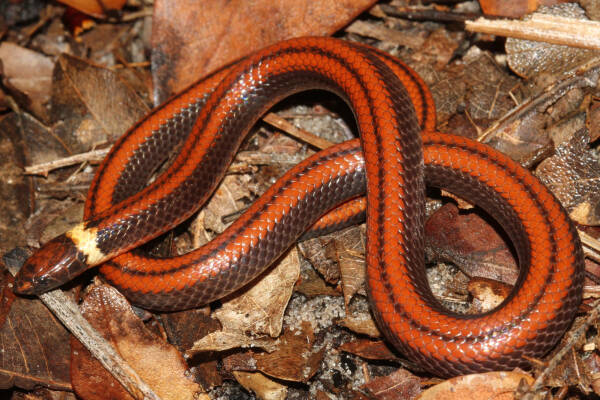
Two of the snakes were first discovered in Rancho Laguna Blanca, a famous tourist resort in Paraguay, and then another specimen was photographed 90.5 kilometers away in Colonia Volendam. Laguna Blanca was once officially protected and recognized as Paraguay's first Important Reserve for Amphibians and Reptiles, but currently has no legal protection.
The specific nickname "Shonella" is a combination of the names of two people: Sean Ariel Smith-Fernandez and Ella Bethany Atkinson, who were born around the time Para La Tierra was founded and Inspiring its founders to protect Paraguay's fauna.
20. Tapir frog (Synapturanus danta) in Putumayo Basin, Peru
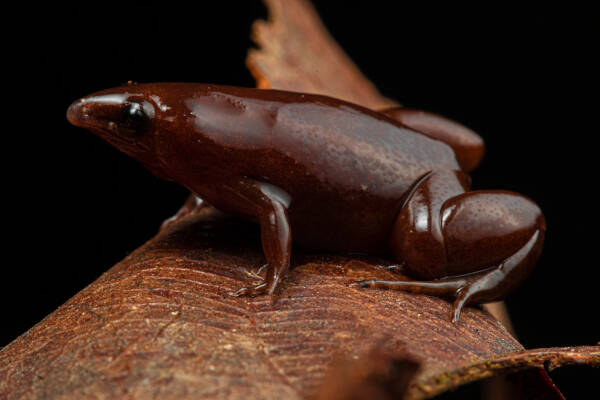
The tapir frog (Synapturanus danta) is also known as the "chocolate frog" by Harry Potter fans on social media.
Like other fossil (burrowing) species, the newly described Synapturanus danta is not easy to find. The frog was discovered by researchers at Chicago's Field Museum during a "rapid inventory" of biological records in Peru's Putumayo Basin.
The researchers spent just a few days at each site conducting quick inventories and discovered a juvenile frog on their first night exploring Amazonian peatlands, a rare and understudied habitat.
Further testing is required to identify the phone and trace the two adult males. Analysis revealed that the three frogs were from an undescribed species.
The discovery of the new frog quickly attracted widespread attention after it was announced on social media, with many comparing it to the chocolate frogs from the Harry Potter books and movies. But its common name, "tapir frog," comes from the species' tapir-like snout. People in the Tresquinas community are familiar with the frog, calling it rana danta, "danta" being the local name for tapir.
animal tags:
We created this article in conjunction with AI technology, then made sure it was fact-checked and edited by a Animals Top editor.